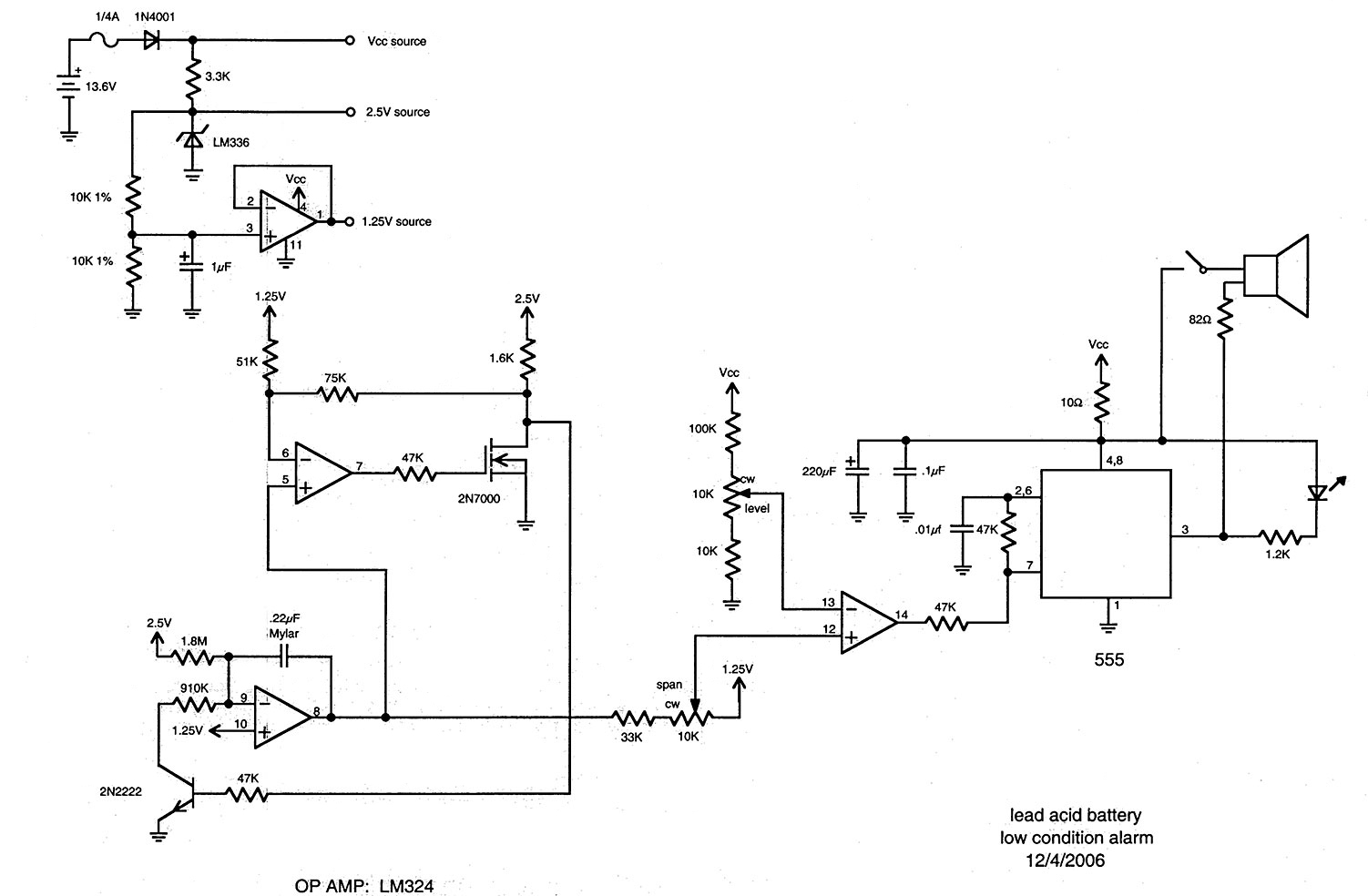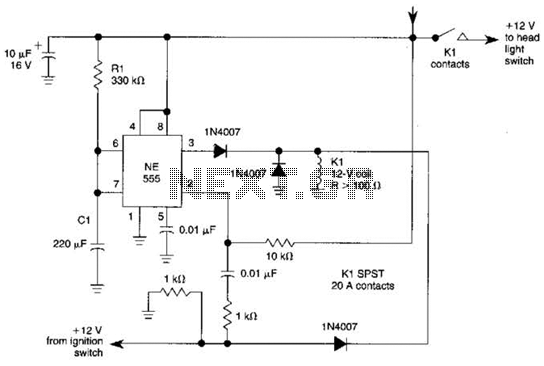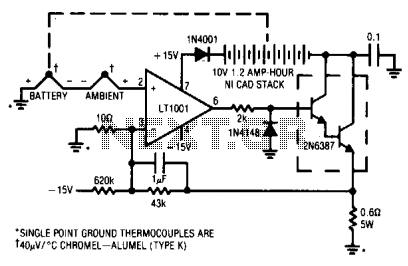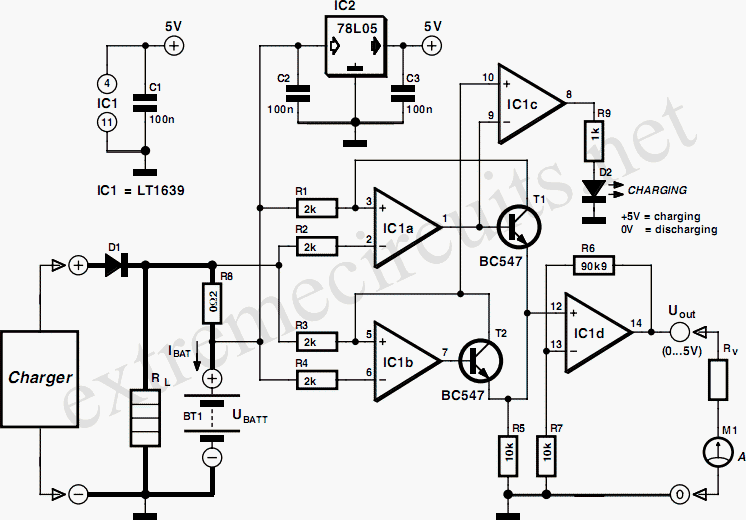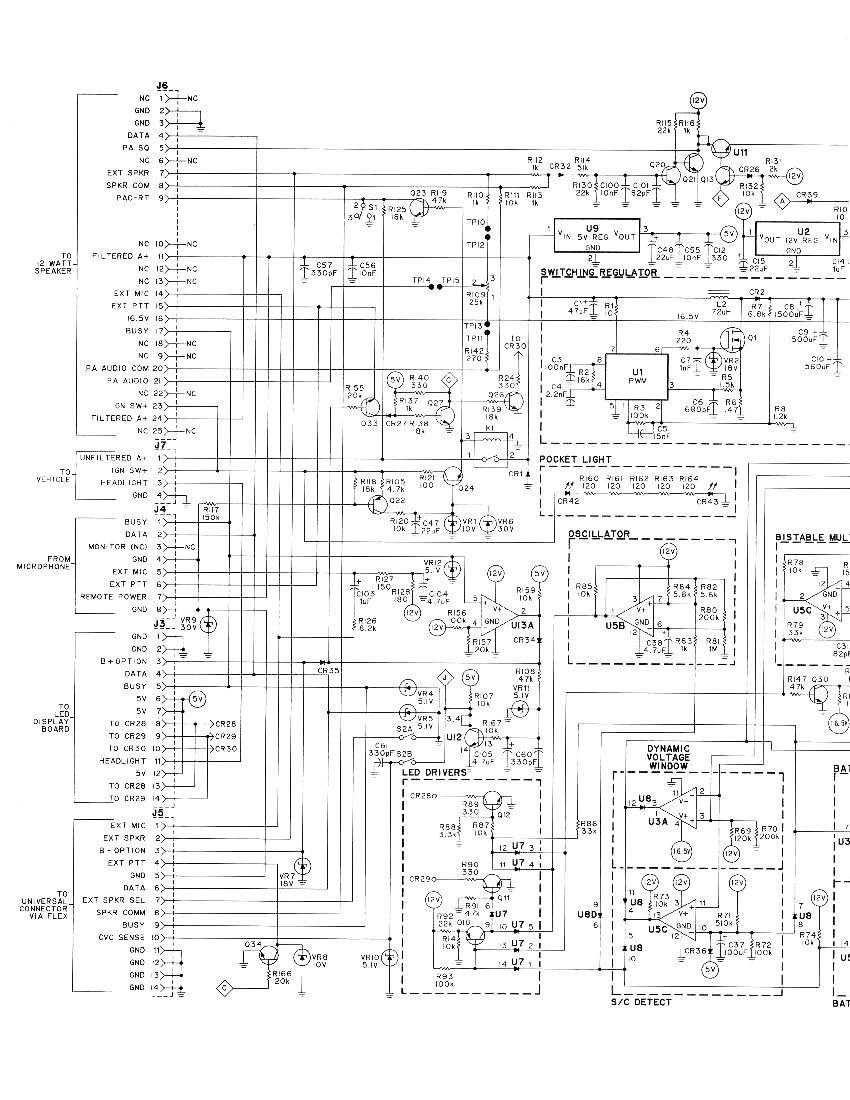
Mobile Cellphone Battery Charger

Stops charging when the battery is fully charged. Portable unit for charging mobile phones. Cellphone battery management is a significant issue while traveling, as power supply can be limited.
The described circuit functions as an intelligent battery charger designed to prevent overcharging of mobile phone batteries. This portable charging unit includes a microcontroller that monitors the battery voltage and current during the charging process. When the battery reaches its full charge threshold, the microcontroller disconnects the charging source, ensuring that the battery is not subjected to prolonged charging, which can lead to reduced battery life and potential damage.
The circuit typically consists of the following components: a power source (such as a USB port or a solar panel), a voltage regulator to maintain a stable output voltage, and a battery management system (BMS) that includes protection circuits for over-voltage, under-voltage, and short-circuit conditions. The BMS is crucial for the safe operation of lithium-ion or lithium-polymer batteries commonly used in mobile devices.
In addition to the basic charging functionality, the unit may feature LED indicators to provide visual feedback on the charging status, such as charging, fully charged, or fault conditions. The design may also incorporate a compact and lightweight enclosure, making it suitable for travel. This ensures that users can conveniently charge their devices while on the go without the risk of overcharging, thereby enhancing the reliability and longevity of their mobile phone batteries.Stops charging when battery is full charged, Portable unit Charging of the mobile phone, cellphone battery is a big problem while traveling as power suppl.. 🔗 External reference
The described circuit functions as an intelligent battery charger designed to prevent overcharging of mobile phone batteries. This portable charging unit includes a microcontroller that monitors the battery voltage and current during the charging process. When the battery reaches its full charge threshold, the microcontroller disconnects the charging source, ensuring that the battery is not subjected to prolonged charging, which can lead to reduced battery life and potential damage.
The circuit typically consists of the following components: a power source (such as a USB port or a solar panel), a voltage regulator to maintain a stable output voltage, and a battery management system (BMS) that includes protection circuits for over-voltage, under-voltage, and short-circuit conditions. The BMS is crucial for the safe operation of lithium-ion or lithium-polymer batteries commonly used in mobile devices.
In addition to the basic charging functionality, the unit may feature LED indicators to provide visual feedback on the charging status, such as charging, fully charged, or fault conditions. The design may also incorporate a compact and lightweight enclosure, making it suitable for travel. This ensures that users can conveniently charge their devices while on the go without the risk of overcharging, thereby enhancing the reliability and longevity of their mobile phone batteries.Stops charging when battery is full charged, Portable unit Charging of the mobile phone, cellphone battery is a big problem while traveling as power suppl.. 🔗 External reference
